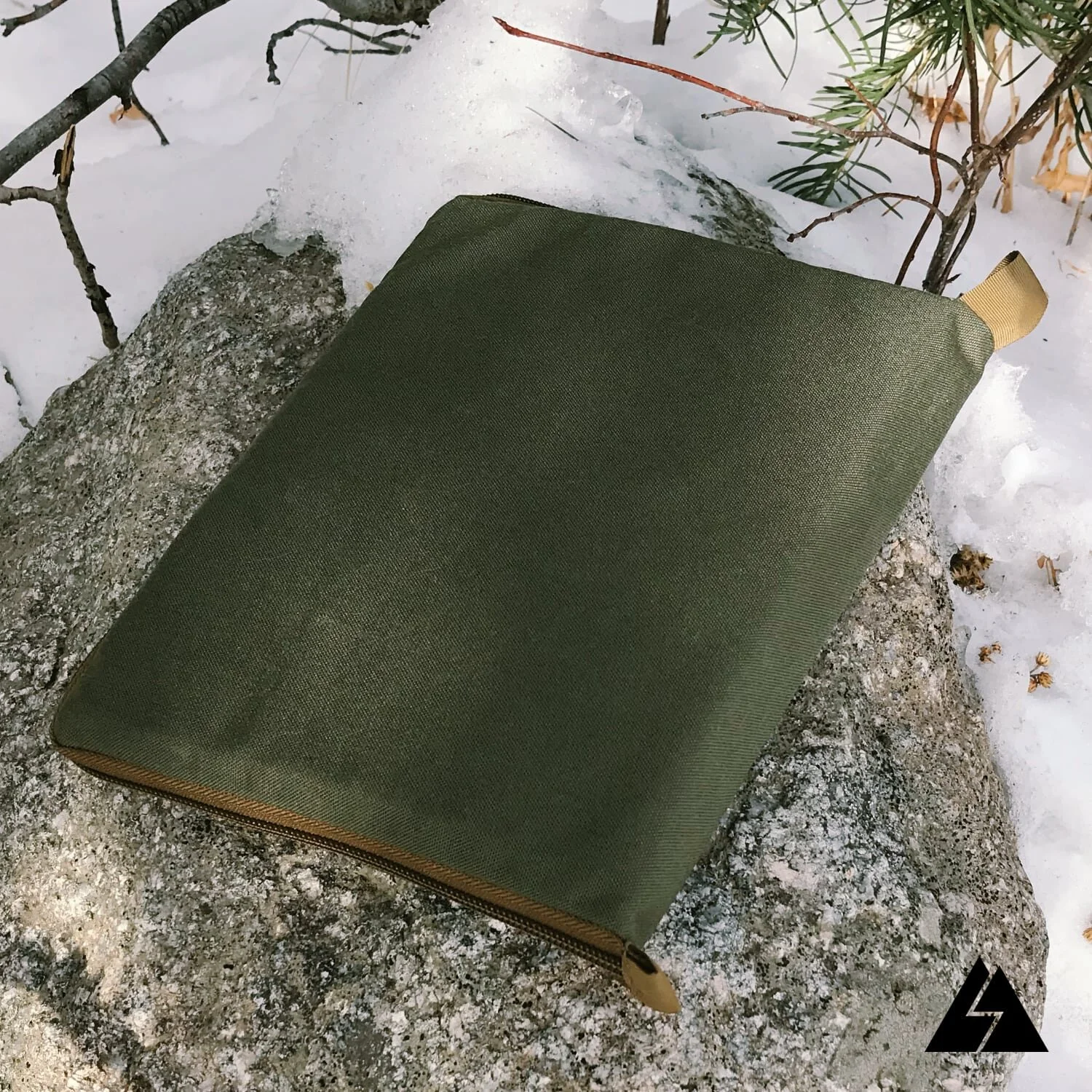5 Reasons You Should Make Your Own Gear
In this day of mass industrialization of outdoor gear, products are becoming more and more homogenous. Often the only way to tell the difference between one company’s offerings and another is by looking for the logo. What can you do if your thoughts on what the ideal piece of gear should be, doesn’t align with what the major brands think? Consider making your own. Here are five reasons to make your own outdoor gear.
1. Customization
One of the most obvious advantages to making your own gear is that it can be customized to fit your needs. Maybe you have looked at the gear that is commercially available and just don’t see what you are looking for. Making it yourself allows you to get exactly what you want.
When you’re the one making something, you can decide what colors it should be, and what features to include. You can also adjust the sizing so that it fits just right.
2. Simplification
When I make gear, I often find myself looking for the simplest way to do something. This is partly to make construction easier and also because I appreciate efficiency and simplicity as part of a good design. This desire for simplicity leads me to do things like removing features superfluous to the main function of the item, or reducing the number of parts or seams in an item.
This tendency toward simplicity in self made gear is opposite of the trend that is found in manufactured gear. Often manufacturers are eager to outdo their competitors. This can sometimes lead to products that are unnecessarily complex. Another reason manufactured gear can be more complex than self made gear is that gear designers are designing the product to appeal to the widest market they can. In doing so, they often follow market trends for popular features. These features may or may not appeal to you. For example, I prefer to hike with a small chest pack. This allows me to keep the small items I use often close at hand. With a chest pack, I have no need for hipbelt pockets. Several years ago hipbelt pockets were not common on backpacks. Today I would be hard pressed to find a pack that doesn’t have them. Of course others may find hipbelt pockets indispensable, and that is the beauty of making your own gear. You are not held captive by market trends. You can eliminate any features you don’t find useful and keep those you do.
3. Aesthetics
Aesthetics has always played an important role in outdoor sports. The way something is done is often more important than what is done. For example, many climbing routes have trails that lead up the back side. If the only point was to get to the top you would just walk up. But climbers find beauty and meaning in working out a route up a sheer face. The combination of skill, creativity and determination make climbing the face much more meaningful than just getting to the top.
From mountaineers who climb without oxygen, to hikers & runners who strive for fastest known times, the restraints that we put on ourselves help us find greater satisfaction in our activities.
MYOG’ers find this same sense of satisfaction in making their own gear. Anyone with enough money can walk out of an REI fully equipped for any adventure. But it takes an extra level of skill, planning, and effort to make the needed equipment. Those who see the aesthetics in making their own gear will find much more satisfaction weathering a storm in a self made tent than they would in a store bought one.
4. Innovation
The history of outdoor gear is full of DIY’ers and MYOG’ers. People like Yvon Chouinard, Ray Jardine, and the Lowe brothers to name just a few, started by making the gear for their own pursuits because they couldn’t find what they needed commercially. Their innovative gear designs eventually spawned companies that have had an enormous impact on the history of outdoor gear.
Much of the recent advancement in ultralight backpacking gear is being driven by DIY’ers and small businesses that aren’t afraid to experiment with unconventional materials and designs.
Even though most MYOG’ers may never start a business selling gear, their ideas get shared online and on the trail. Next time your cruising down the trail with a sub 10 pound base weight, be grateful for the DIY spirit that pervades outdoor gear design and drives innovation.
5. Cost
Self made gear is often less expensive than commercial. The same technical fabrics and materials used by the major brands can be found online at reasonable prices making it quite possible to make a comparable piece of gear for less than what it would cost to buy it. Some DIY gear projects such as soda can stoves make use of materials that would otherwise be discarded making them essentially free. There is a caveat though. Making your own gear can be addictive! If you end up making multiple iterations of an item or take into account the time involved, you may not be saving any money, So cost may not be a reason in and of itself, but combined with the other reasons discussed, it can be one of the benefits of making your own gear.
If you are interested in making your own gear, we have articles going over tools and techniques as well as ideas for DIY gear. Also, if you want to jump start your next MYOG project check out our downloadable sewing patterns.










Learn how to make a pair of ultralight wind mittens. Perfect for keeping your hands warm while hiking with trekking poles in cool weather.